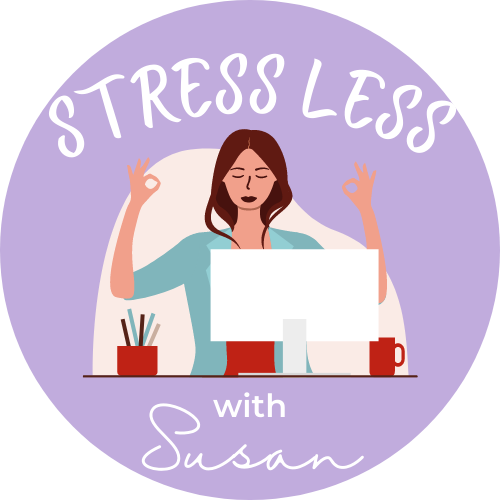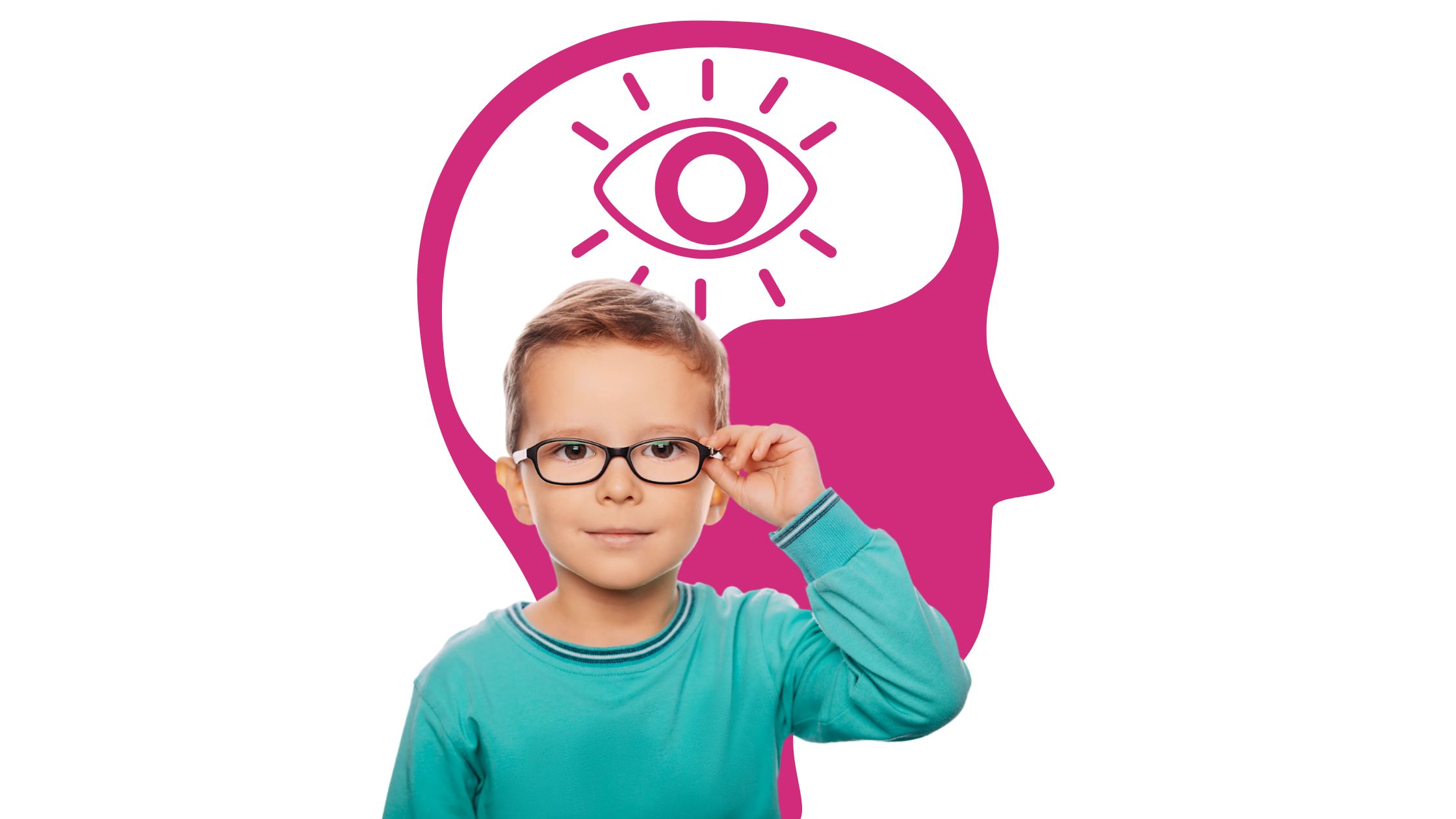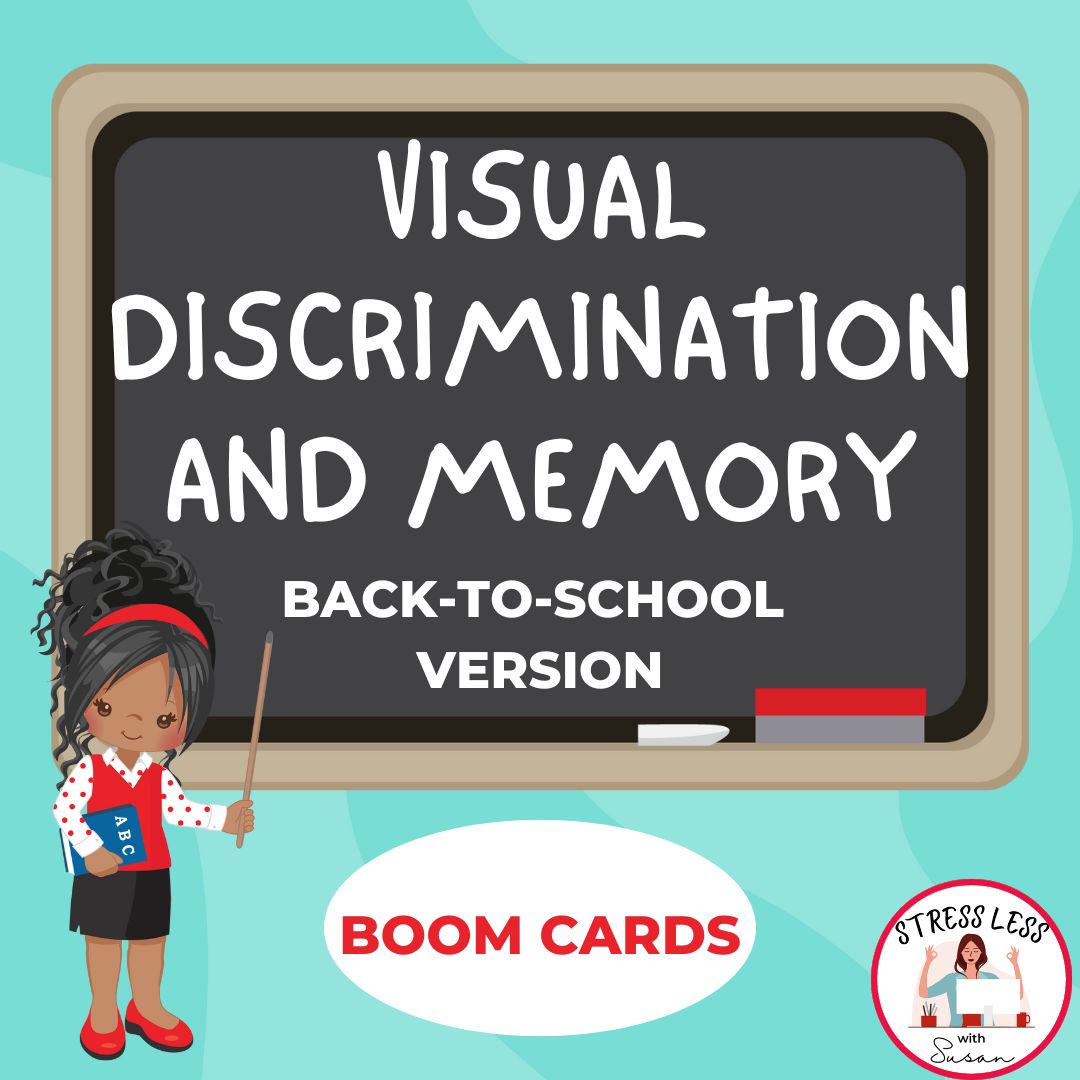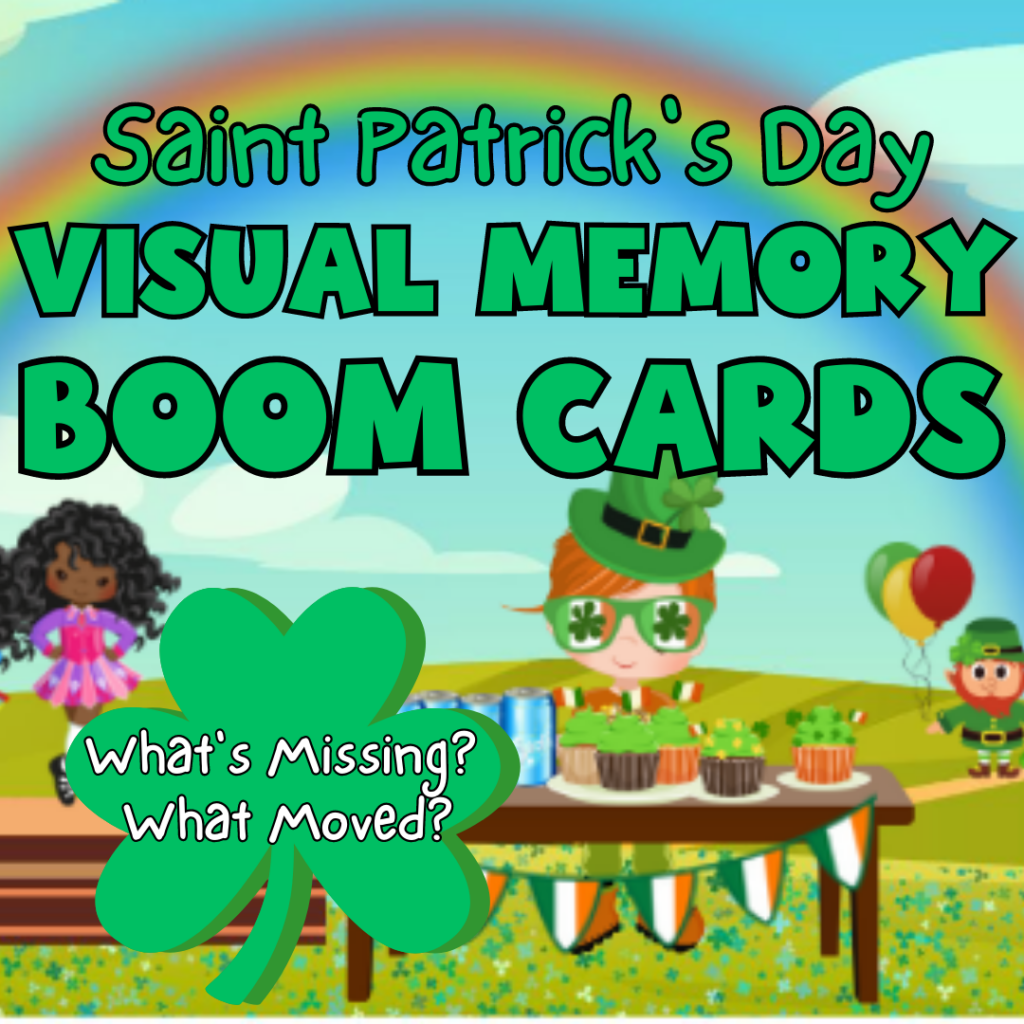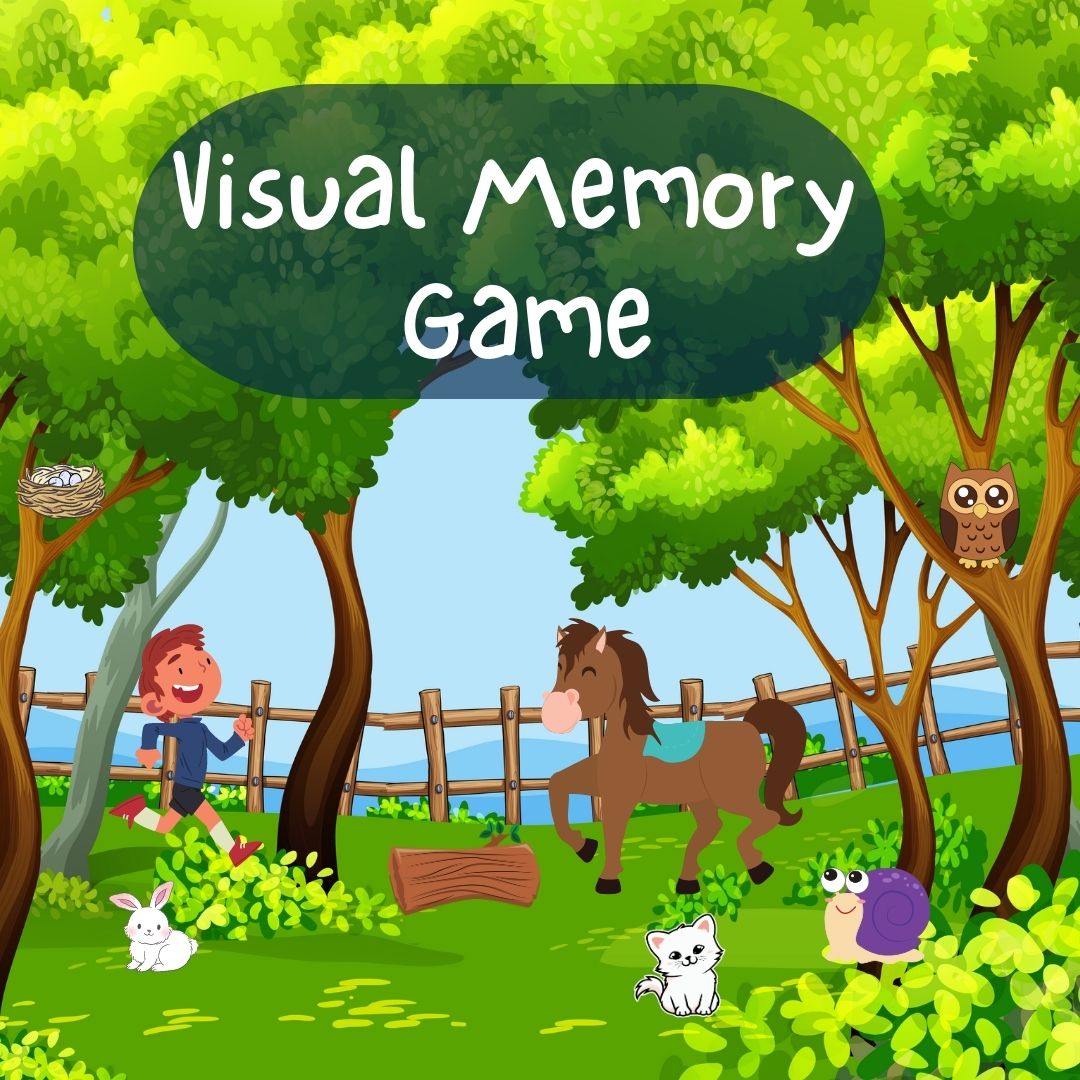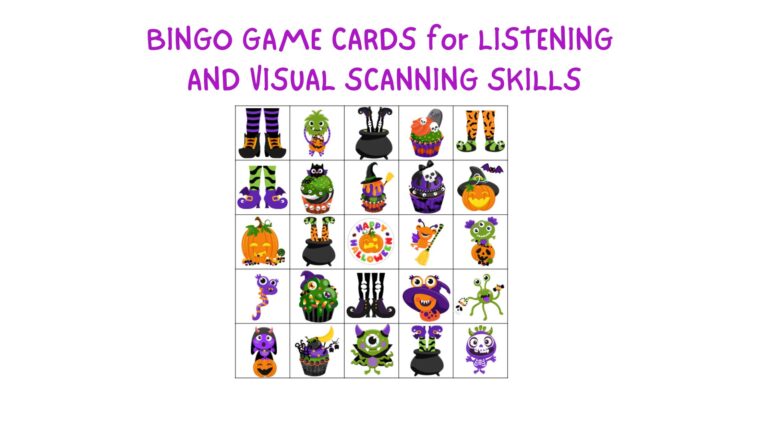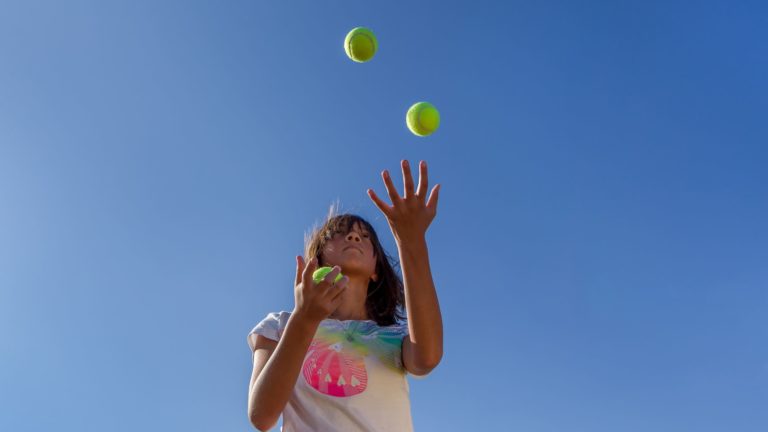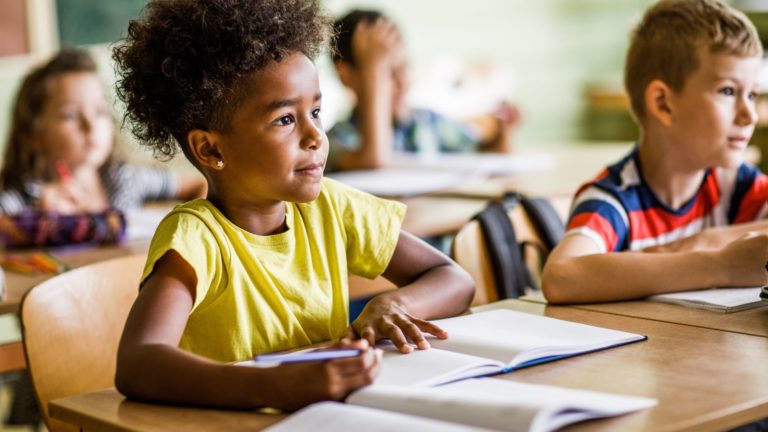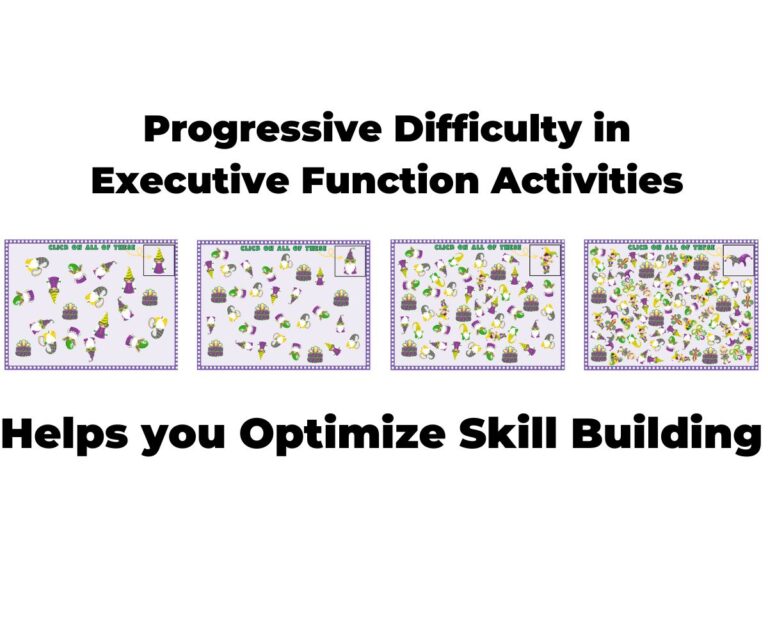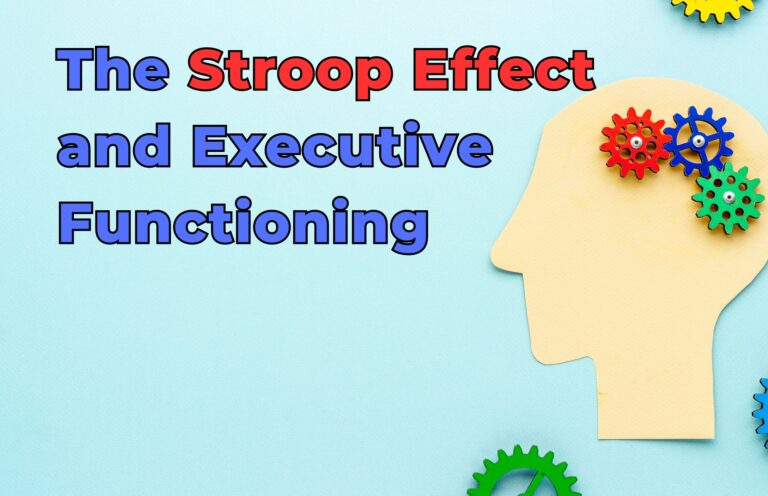Activities for Visual Memory
What is Visual Memory?
Visual memory is an important mental skill that allows us to recall what we just saw (recent or longer). It’s critical to learning, but people with executive functioning difficulties may struggle to remember content they’re taught, or the information that’s in their environment. Strengthening visual memory can add to the foundation for learning to occur.
Visual Memory Games for Kids and Adults: 4 Easy Ideas to Try
Whether you’re looking to improve your own visual memory or help a child develop this skill, there are plenty of fun and engaging activities you can try. These 3 activities/memory games are sure to challenge and entertain!
Memory Tray Game.
The Memory Tray Game is a fun and challenging activity that can be played by both kids and adults. To play, gather a tray and a variety of small objects, such as coins, buttons, and toys. Place the objects on the tray and give players a few minutes to study them. Then, cover the tray with a cloth and ask players to write down or name as many objects as they can remember. The player with the most correct answers wins! This game is a great way to improve visual memory and attention to detail.
Memory Match Game.
Memory Match is a classic game that challenges players to remember the location of matching pairs of cards. To play, simply lay out a set of cards face down and take turns flipping them over to find matches. This game can be easily adapted for different age groups and skill levels by adjusting the number of cards used and the complexity of the images on them. It’s a great way to improve visual memory and concentration skills while having fun! The bonus is you can develop two skills in one if you use content they are learning in the game!
What’s Missing? What Moved?
Here players study a picture then see the same picture with items missing or moved. This type of game not only exercises the memory, but also attention to detail.
Players have to identify what was missing or moved in a scene. It’s always best to use progressive difficulty so users start the game with confidence. This will boost motivation to keep going and tackle the more challenging trials, which is more fun! For example:
- Start out with items that are very noticeable and work your way up to smaller and less noticeable details in the image.
- Start by providing clues you will remove on later trials.
- Initially remove/move one item, then remove/move 2 items.
Visual Perception and Recognition Games
A fun way to strengthen visual memory is with recognition games, in which players see an image or object, then are presented with others like it. The object is to attend to details and remember what they saw – so they can identify it from a group. This not only enhances visual memory, but also challenges students to observe and remember specific details.
Tailoring the images or objects to items that are enjoyable to players adds interest and engagement. The key is, start with items or images with relatively few details to keep track of and gradually present more complex ones.
For example, try using marbles. Start with one distinctive looking marble, followed by adding three more that look very different from the original. Players have to remember and identify the original they just saw. On later trials, choose marbles that are less distinct and have more similarities with the others you present to choose from. By playing this game, people can strengthen their ability to differentiate between similar objects or patterns and improve their memory recall.
Digital versions are great when you want to let a child (or yourself!) play independently and practice as often as needed or wanted!
All these visual memory activities are easy to set up and easy to play! You can set them up yourself or find one of the many that are available in print or digital formats such as Boom Learning.
